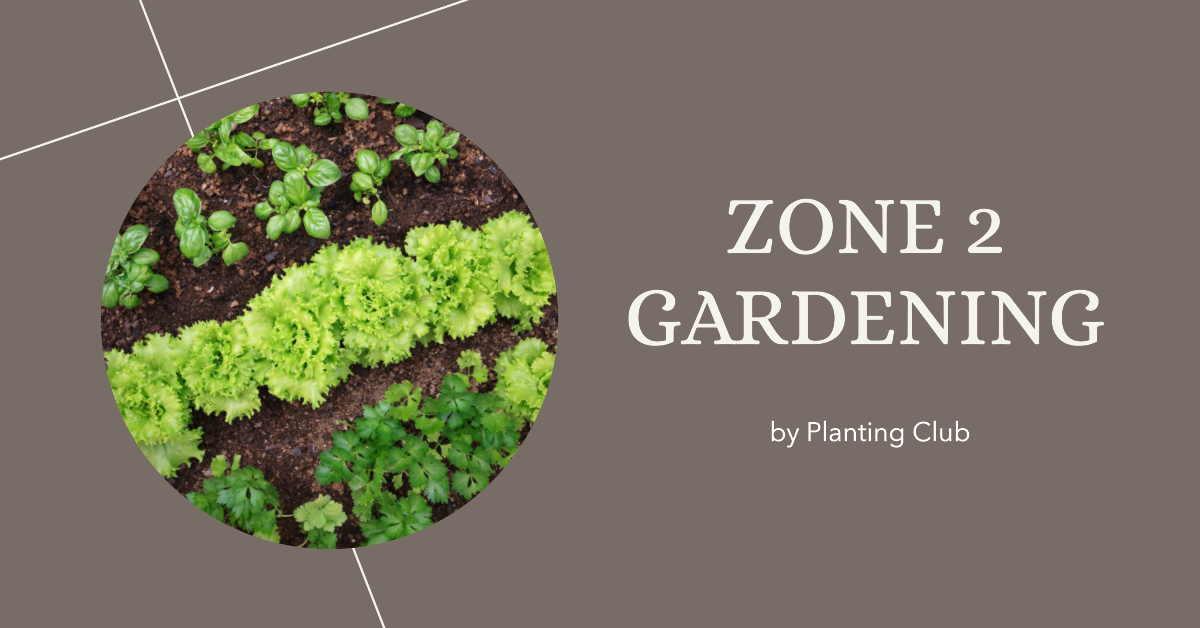Welcome to our guide on sustainable gardening tasks specifically tailored for Zone 2. Whether you’re a casual gardener or looking to dive deeper into your hobby, these tips will help you cultivate a thriving garden filled with vegetables, fruits, and flowers in a cool climate. We’ll show you how to use cold-hardy plants, season extension techniques, and other sustainable practices to make your garden flourish. Remember, each location has its unique conditions, so we’ll also discuss how to adapt these tips to suit your local environment.
Spring: A Time for Planting and Growth
Plan your garden layout. Consider companion planting, which pairs plants that benefit each other, such as tomatoes with basil or carrots with onions. Include flowers like marigolds and nasturtiums to attract beneficial insects and repel pests.
Start seeds indoors. Get a head start on your vegetable garden by starting seeds indoors, such as lettuce, broccoli, and cauliflower. Transplant them outdoors after the last frost date. If you want to grow warm lovin plants like tomatoes, choose varieties with short harvest time, like 50-60 days.
Prepare garden beds. Embrace the no-dig method by layering compost or organic matter on top of your soil. This helps retain moisture, suppress weeds, and improve soil health.
Direct sow cool-season crops. Plant peas, spinach, radishes, and other cold-hardy crops directly into the soil.
Install a cold frame or greenhouse. Extend your growing season and protect tender plants by using a cold frame or greenhouse.
Summer: Enjoying the Fruits of Your Labor
Plant a variety of crops. Choose vegetables like tomatoes, peppers, beans, and zucchini, as well as cold-hardy crops like kale, chard, and beets.
Mulch your garden. Apply a layer of organic mulch, such as straw or compost, to retain moisture, suppress weeds, and regulate soil temperature.
Harvest regularly. Enjoy the fruits of your labor by picking ripe produce. Regular harvesting encourages plants to produce more.
Keep an eye on pests. Monitor your garden for pests and use organic or natural methods to control them.
Water wisely. Water deeply and less frequently to encourage deep root growth and drought tolerance.
Fall: Preparing for Winter
Plant cold-hardy crops. Sow cold-hardy crops like spinach, lettuce, and radishes for a late fall harvest.
Add compost. Refresh your garden beds with a layer of compost to replenish nutrients and improve soil structure.
Plant cover crops. Sow cover crops like winter rye or crimson clover to improve soil fertility, prevent erosion, and suppress weeds.
Harvest and store. Pick the last of your summer produce and store or preserve it for the winter months.
Clean up garden debris. Remove spent plants and weeds to reduce the risk of pests and diseases overwintering in your garden.
Winter: Rest and Reflection
Prune dormant plants. Trim back fruit trees, berry bushes, and perennial plants to promote healthy growth in the spring.
Plan next year’s garden. Reflect on this year’s successes and challenges, and start planning your garden for the following season.
Feed the birds. Set up bird feeders to support local wildlife and encourage beneficial birds to visit your garden.
Protect tender plants. Cover perennials and sensitive plants with mulch or frost protection to help them survive the cold months.
Remember, gardening tasks will vary depending on your specific location. Use this guide as a starting point, and adapt the tips to suit your local climate and conditions. With some planning and effort, you’ll be on your way to a thriving, sustainable garden in Zone 2. Happy gardening!
Join Our Gardening Newsletter for More Tips
If you enjoyed reading this, don’t hesitate to subscribe to our newsletter for a wealth of gardening knowledge and insights. Stay up-to-date on the latest gardening trends, tips, and know-how, and make your green thumb even greener.



